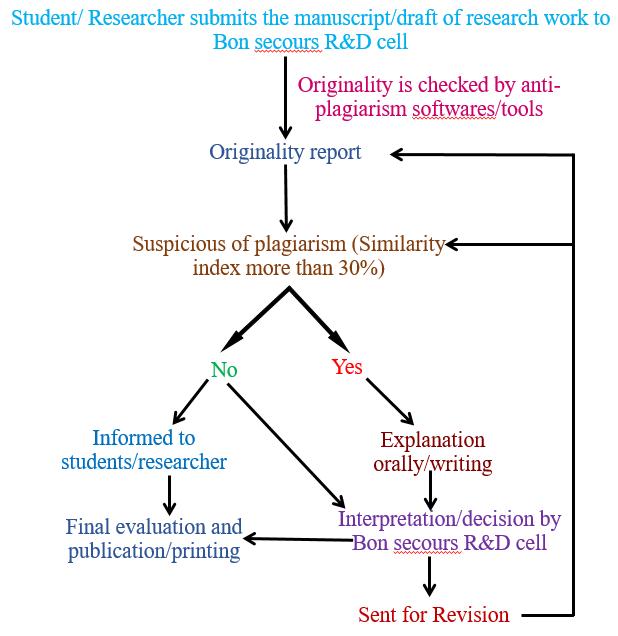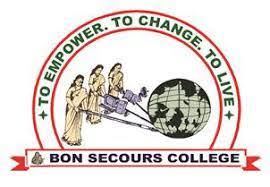R&D Cell Code of Ethics : Plagiarism
Preamble:
Ethics and honesty are the two most important components of the academic activities be it teaching or research. Teaching & research is a novel profession based on extremely high moral values. There cannot be any scope for claiming the credit for the work he/she has not undertaken. Such acts will affect healthy academic environment in the institute which will also harm the reputation of the institute as well as the individual.
Plagiarism:
Plagiarism means stealing ideas and words of others as one's own without crediting the source. Plagiarism involves copying of phrases, clauses, sentences, paragraphs or longer extracts from published or unpublished work that exceeds the boundaries of the legitimate cooperation without acknowledgement of the source.
Types of Plagiarism:
Plagiarism could be of two types
- Negligent OR unintentional plagiarism: It means innocently or carelessly presenting another person's work as one's own without acknowledging the Source.
- Dishonest OR intentional plagiarism: It means knowingly and deliberately presenting another person's work as one's own work without acknowledging the Source
Research Misconduct:
Research misconduct means Fabrication, Falsification, or Plagiarism (FFP) in proposing, performing, or reviewing research, or in reporting research results. (a) Fabrication is making up data or results and recording or reporting them. (b) Falsification is manipulating research materials, equipment, or processes, or changing or omitting data or results such that the research is not accurately represented in the research record. (c) Plagiarism is the appropriation of another person's ideas, processes, results, or words without giving appropriate credit.
Avoiding Plagiarism:
Plagiarism could be avoided by paraphrasing, citing, quoting and referencing the original work.
There are five basic rules regarding the use of information in professional and in academic writing:
- If you use the language of your source, you must quote it exactly, enclose it in quotation marks, and cite the source.
- If you use ideas or information that is not common knowledge, you must cite the source.
- If you didn't invent it, cite the source.
- Unless your professor explicitly tells you to paraphrase, don't paraphrase.
- When in doubt, cite the source. Doing so can only enhance your readers sense of your honesty.
Functioning of R&D to detect plagiarism:
It is the prime responsibility of an institute or research guide to distinguish between original and plagiarized work. In order to detect the plagiarism well known softwares/ tools (Turnitin, Grammerly, Dupli checker, Copyleaks, Paperrater, Viper, Plagiarisma, Plagiarism Checker, Plagium, Plagscan, PlagTracker etc) can be used.

Research document sources of Bon Secours college that were scrutinised for plagiarism check are:
- Original manuscripts of staff and scholars which are about to be published
- Research proposals for submission in Funding agencies
- MPhil and PhD dissertations before final submission to University
Institutional Research Committee
Bon Secours College for Women has its own R&D Cell to deal with research related activities in the institution. R&D Cell also takes the necessary actions while handling the alleged plagiarism.
Procedure for handling alleged Plagiarism
- Depending on the anti-plagiarism report R&D Cell will establish whether there is plagiarism or not and if it is then what is the level.
- R&D Cell report to student and guide regarding alleged plagiarism. R&D Cell informs allegation in detail and give them sufficient time to respond or explain.
- Counseling of the students and researcher is carried out to make them aware about plagiarism and its seriousness.
- Revision or resubmission after proper rectification is recommended by R&D Cell for final printing.
- In severe cases of alleged plagiarism R&D Cell will take decision and impose penalty also.


